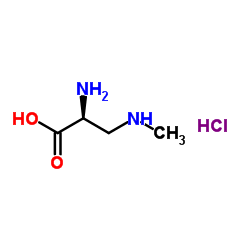| Structure | Name/CAS No. | Articles |
|---|---|---|
 |
β-N-methylamino-L-alanine hydrochloride
CAS:16012-55-8 |
| Structure | Name/CAS No. | Articles |
|---|---|---|
 |
β-N-methylamino-L-alanine hydrochloride
CAS:16012-55-8 |